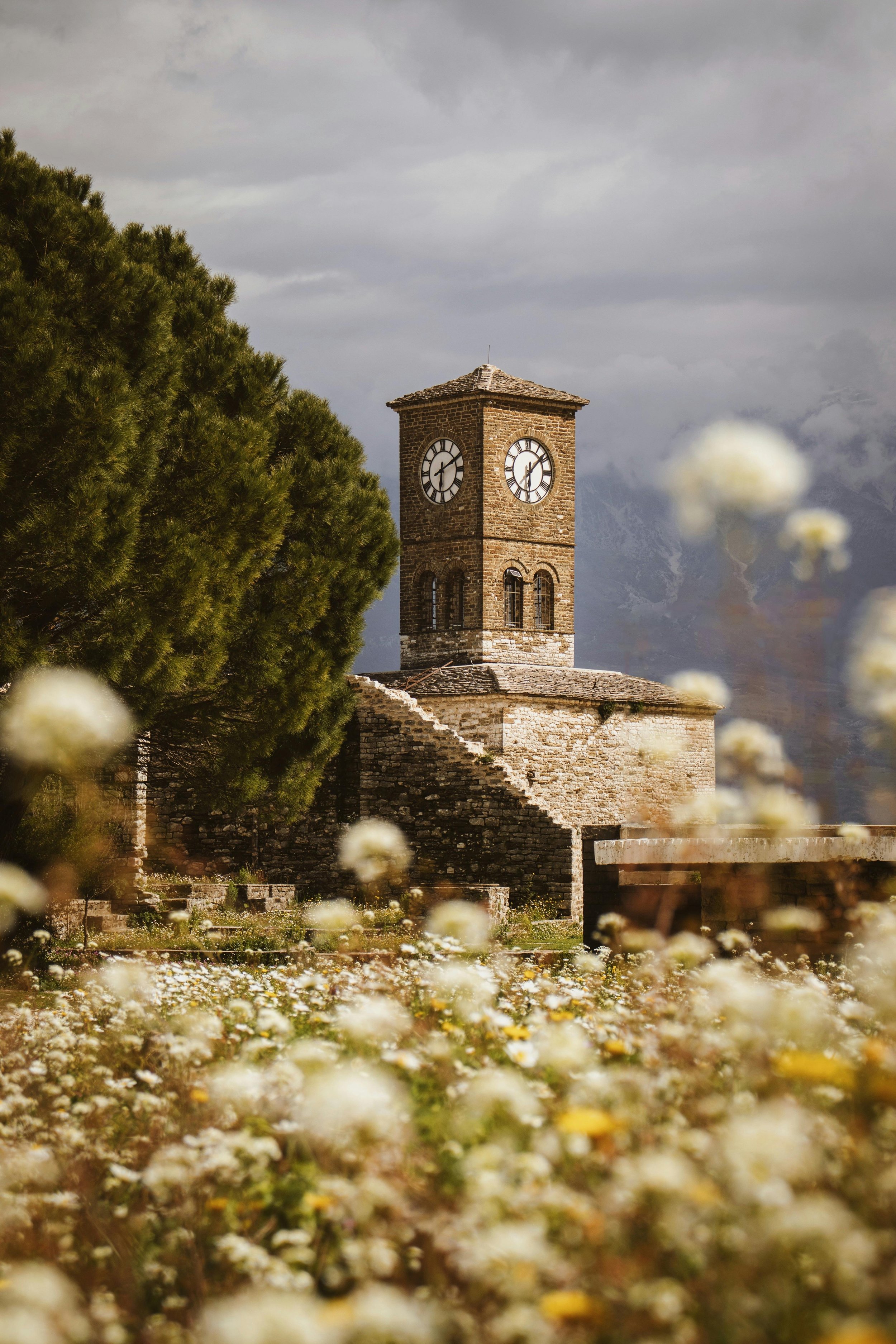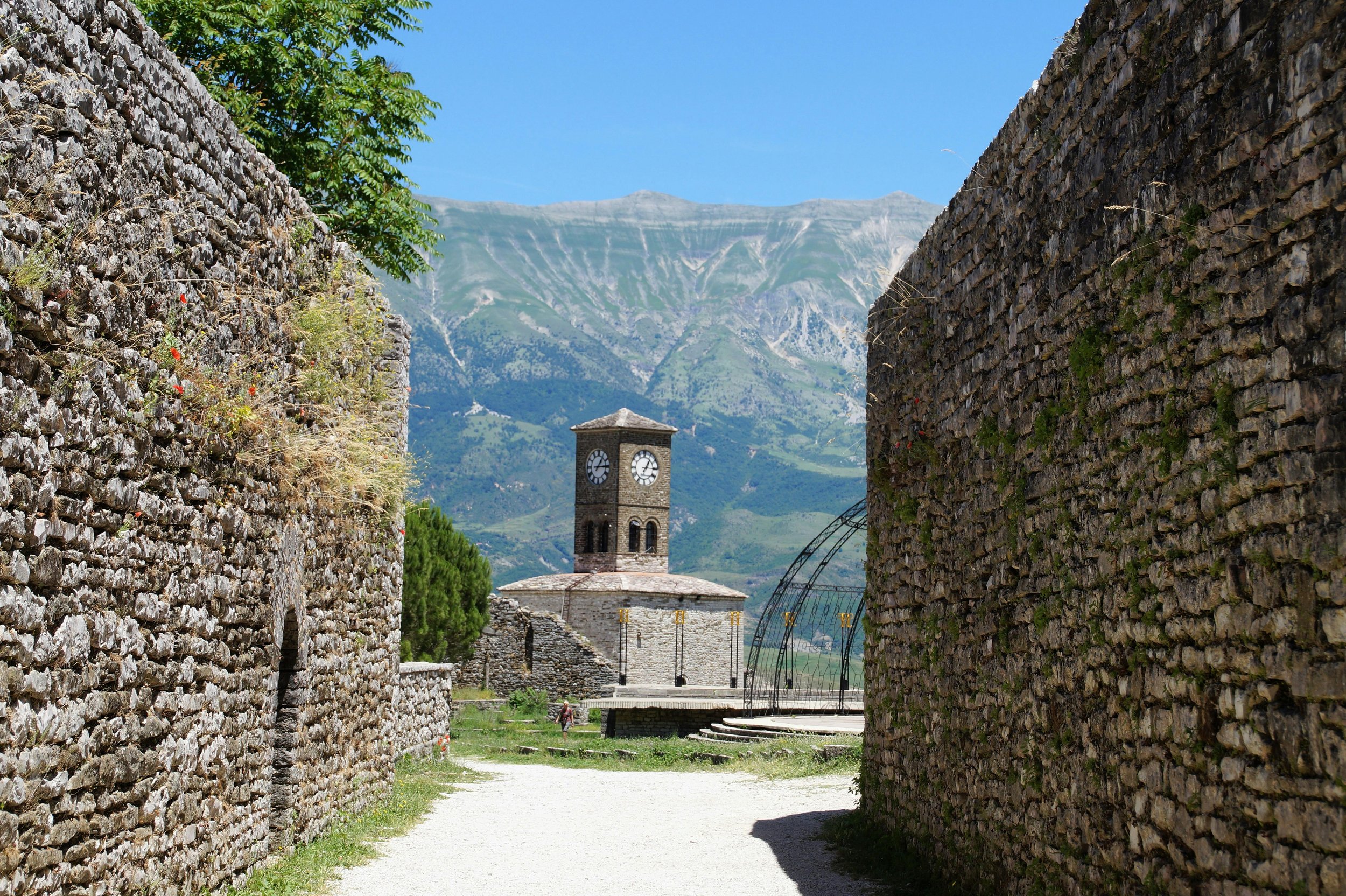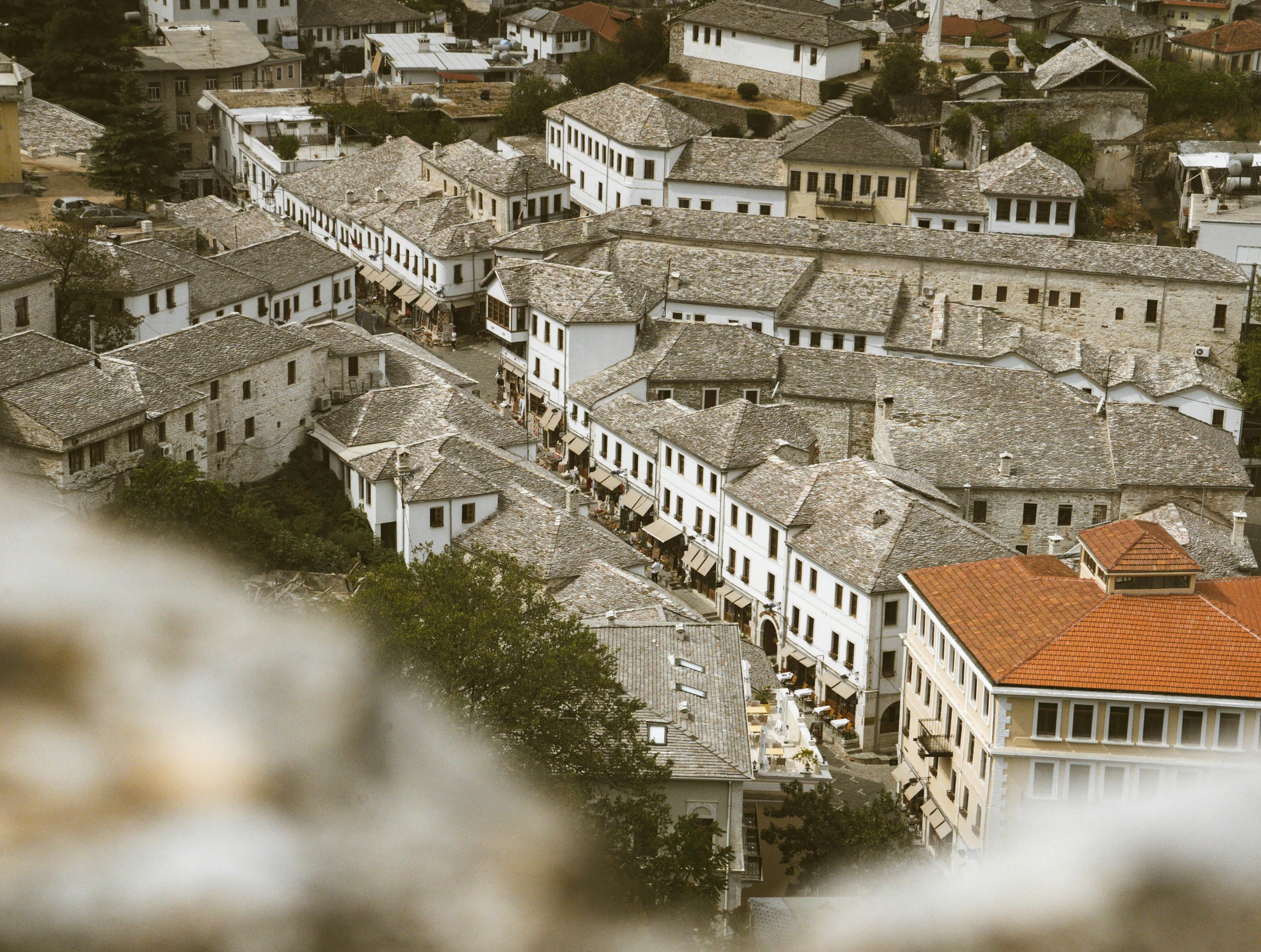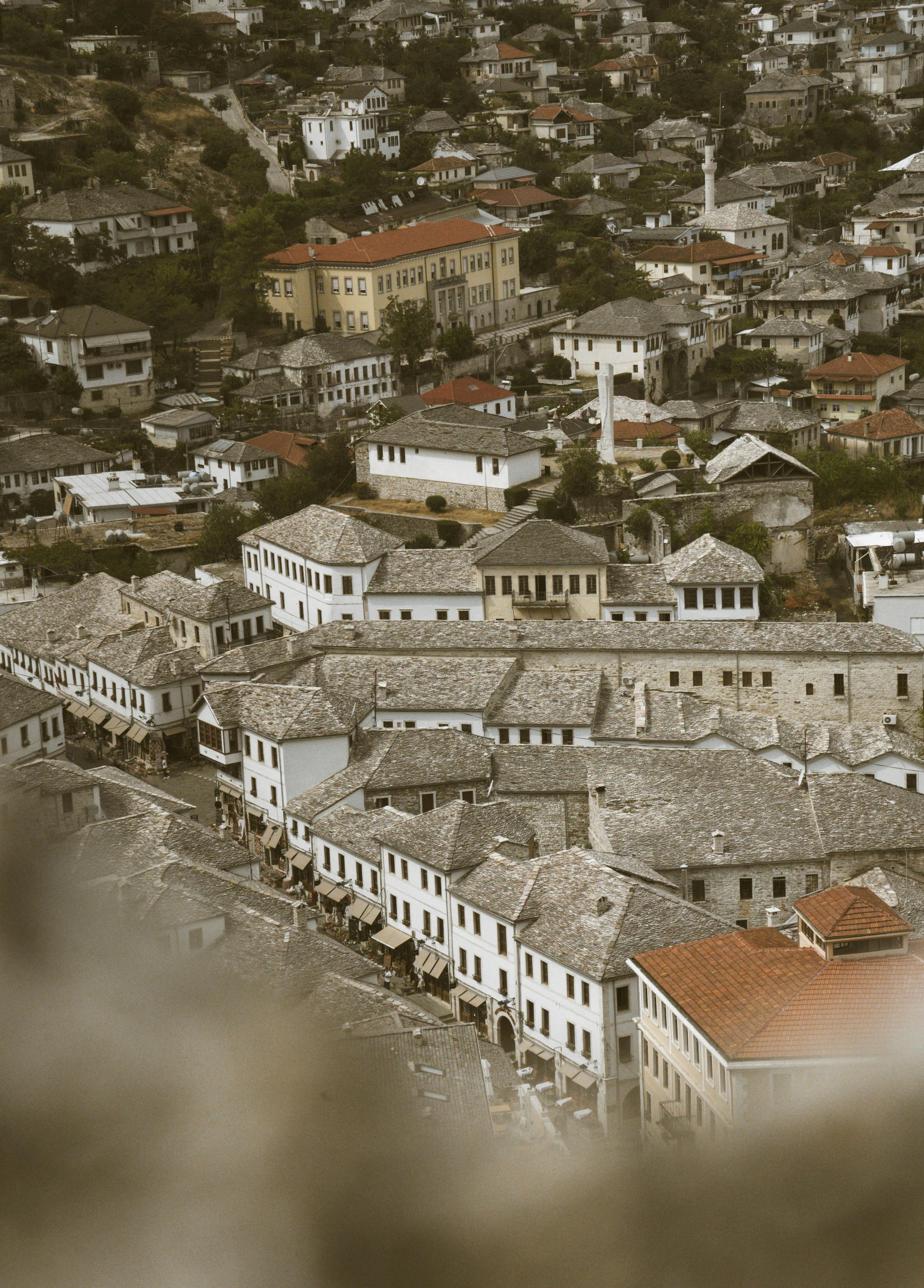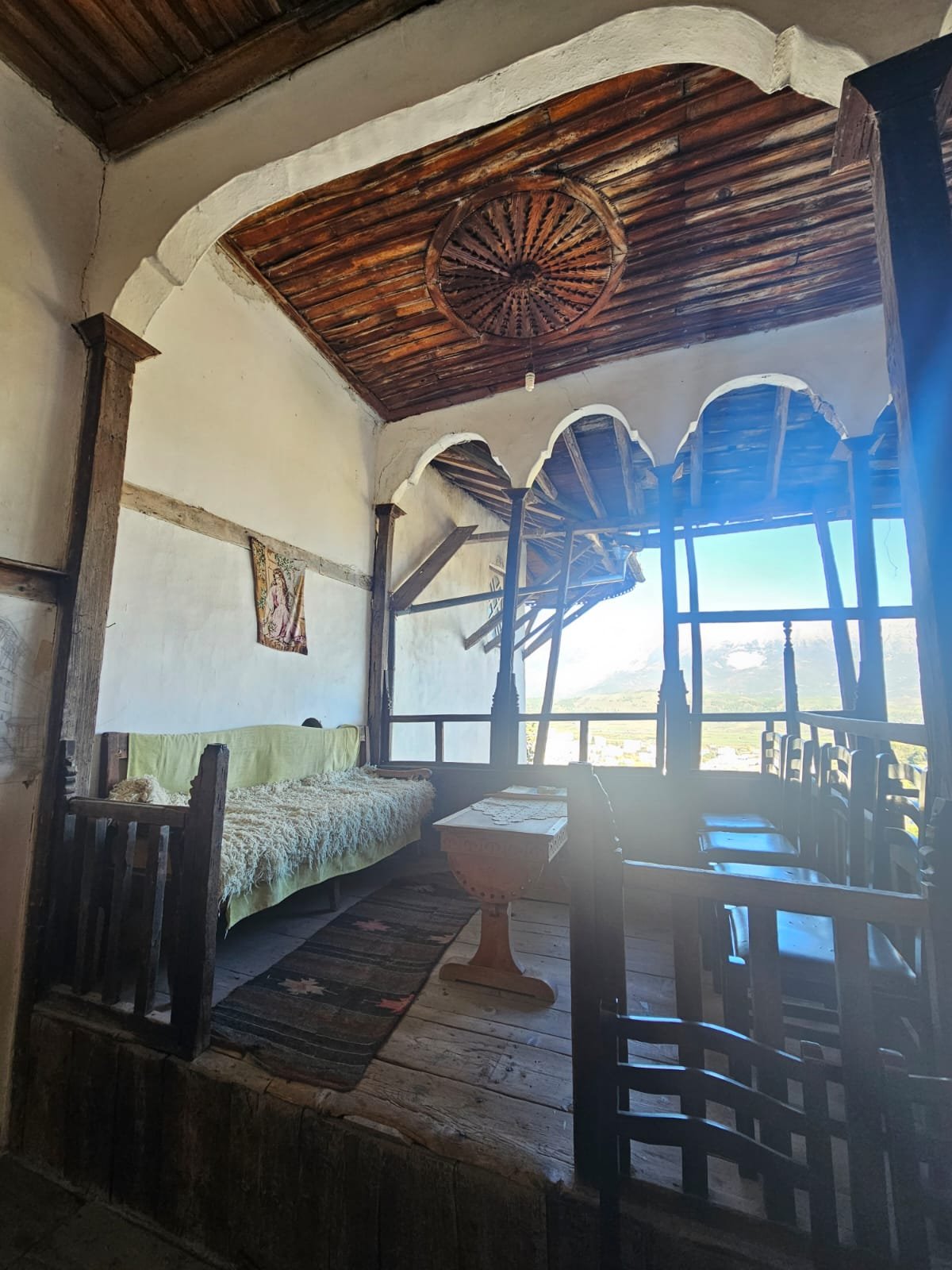
Gjirokastra is a city with a rich history and unique architecture, located in southern Albania on the slopes of the Gjerë Mountain overlooking the Drino Valley. Known as the "City of Stone," Gjirokastra is famous for its traditional houses with stone roofs and its cultural and historical heritage, which dates back to antiquity.
Origins and Early Development
The area is believed to have been inhabited since the Bronze Age. The city is first mentioned in historical records in the 4th century AD as a Roman settlement and fortress called "Argyropolis" or "Argjiro." Local legend attributes the city's name to a princess named Argjiro, who is said to have leapt from the castle walls to avoid capture by invaders. The Castle of Gjirokastra, originally built during this period, was expanded in the 12th and 13th centuries during the rule of the Despotate of Epirus and later during the Ottoman Empire.
The Medieval Period
In 1417, Gjirokastra fell under Ottoman rule, becoming an important administrative and trade center. During this time, the city flourished economically and architecturally, with the construction of its iconic stone houses, which resemble small fortresses. These homes, designed to reflect wealth and craftsmanship, remain a hallmark of Balkan and Ottoman-era architecture.
The Modern Era
During the Albanian National Renaissance in the 19th century, Gjirokastra became a key center for cultural and national identity. In 1880, the city hosted a significant assembly to resist foreign territorial claims on Albanian lands during the Congress of Berlin.
In 1914, amidst the turmoil following Albania's declaration of independence (1912), Gjirokastra briefly became part of the "Autonomous Republic of Northern Epirus," an entity claimed by Greek factions. However, the city was officially restored to Albanian control in 1921 after international recognition of Albania’s borders.
Gjirokastra in the 20th Century
Gjirokastra is the birthplace of two prominent Albanian figures:
Enver Hoxha (1908–1985): The communist leader of Albania who ruled from 1944 to 1985.
Ismail Kadare (born 1936): One of Albania's most famous writers, internationally renowned and a nominee for the Nobel Prize in Literature.
Under the communist regime, Gjirokastra was declared a "museum city" in 1961, ensuring the preservation of its historical and architectural heritage. The castle was transformed into a museum and became the venue for Albania’s National Folklore Festivals, first held in 1978, showcasing traditional music, dance, and culture.
UNESCO and Legacy
In 2005, Gjirokastra was inscribed on the UNESCO World Heritage List as a rare example of a well-preserved Ottoman-era town. The city's cobblestone streets, grand castle, and traditional houses such as the Zekate House and the House of Enver Hoxha are popular attractions. Visitors are also drawn to its vibrant cultural life, breathtaking landscapes, and rich history.
Today, Gjirokastra stands as a jewel of Albanian history and culture, blending tradition with modernity and continuing to captivate tourists from around the world.



